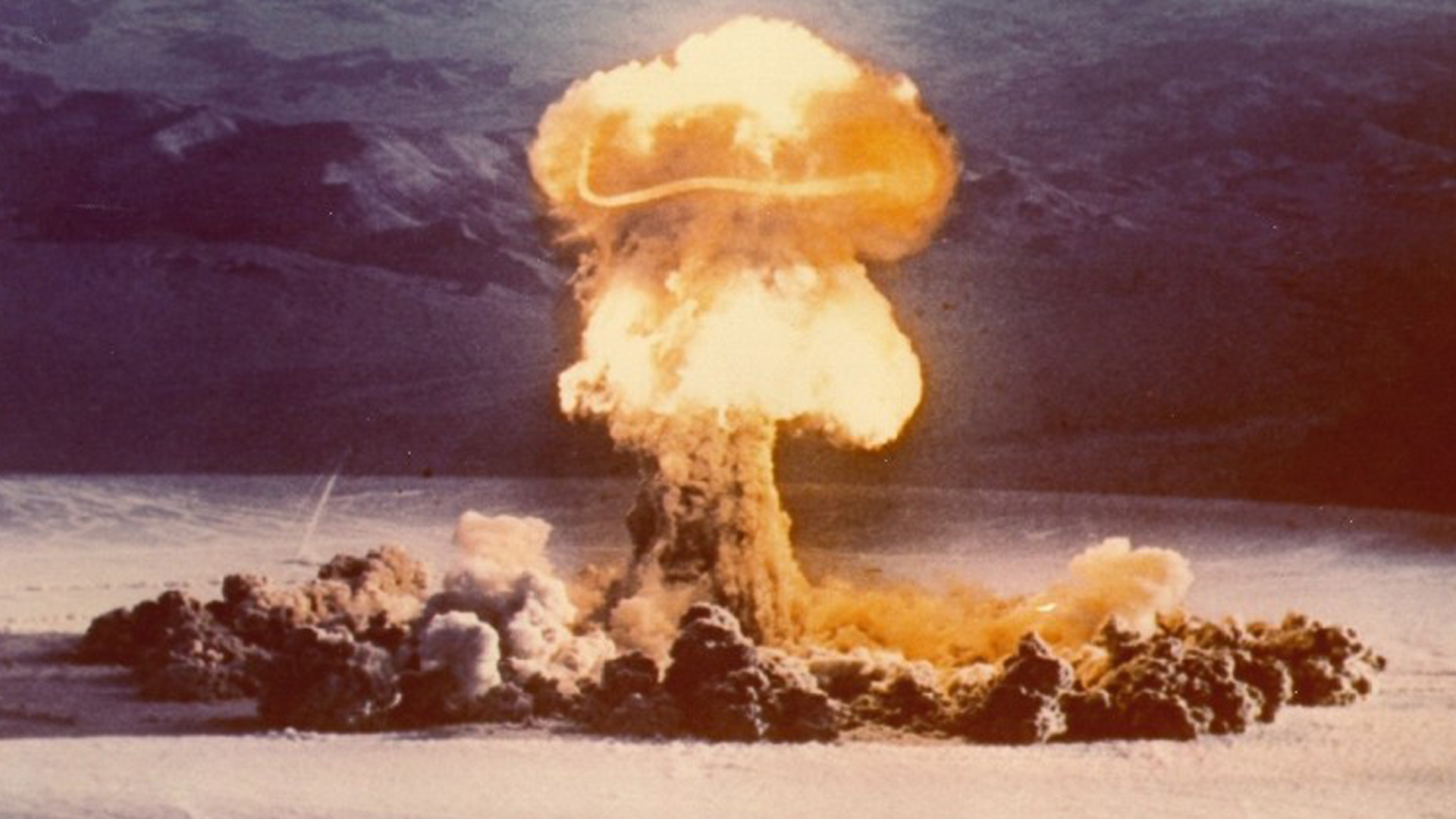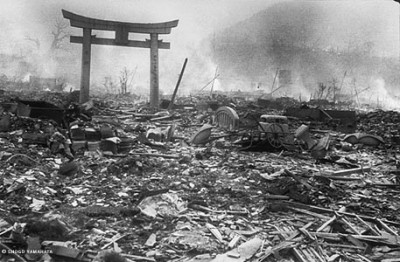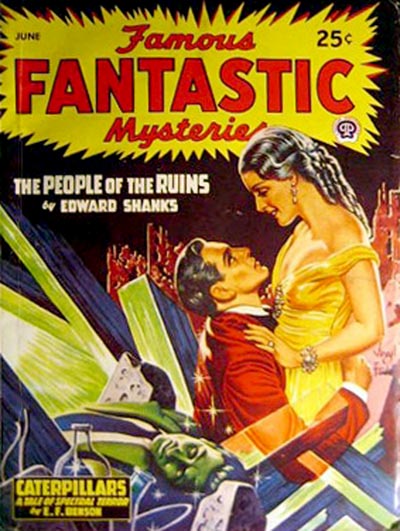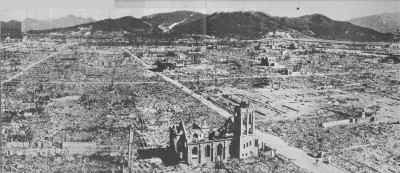Sven Lindqvist’s 2000 A History of Bombing grapples with the great terror of the twentieth century, the cascade of bombs raining down unto the helpless masses below, from its first application in colonial warfare to the potential of radioactive death on a global scale. Lindqvist approaches his subject through a series of loosely collected anecdotes, ranging from the personal, the imaginary (such as science fiction, horror, or the Cold War thriller), to the more clinical and sober reporting of wartime casualties. What results is a “labyrinth”, a “horrifying puzzle” of destruction and death on a scale heretofore unseen in human history.1
The work gives a guide for reading, giving the reader the choice to peruse the material chronologically (reading the work from start to finish in the customary manner), or to follow any of the narrative threads running through the work, themes and questions such as “What is Permissible in War?”, “Living with the Superweapon” and “Massive Retaliation”. 2 Following any one of these threads leads through a winding course from its origin to its contemporary legacy as Lindqvist sees it.
The thread “Bombed into Savagery”, for example, begins with an anecdote juxtaposing the 1920 novel People of the Ruins – a “novel of the future” that imagines a London reduced to barbarism following a bomb and gas attack – and the ongoing English bombing of the “Mad Mullah” in Somaliland in the same year.3 From this starting point, Lindqvist traces many recurring racist fantasies throughout the 20’s and 30’s, as British and American authors imagine hypothetical doomsday scenarios for civilization as bombing technology falls into the “wrong hands” – namely, African and Asian ones. 4 In the imperialist imagination, the bomb is a symbol and tool of supremacy, of the west over the world, and the individual powers over one another.
Imbedded in this narrative is the childhood imagination of Lindqvist, who “many nights fell asleep with images [of death and devastation from such novels] in my head. Certainly the end would be swift. But that was of little comfort to an eight-year old.”5 For Lindqvist, the fantasies of literary fiction relate tangible hopes and fears concerning war, destruction, and civilization, and are inextricably linked with the bloody realities of the era. For Lindqvist personally, however, these “novels of the future” (as he calls them) are above all else a source of terror: the racist fantasies of imperialists who dream of nothing more than setting the world “right” through some targeted bombing of undesirables.
A History of Bombing is far from a dispassionate history of the twentieth-century, but a harsh-criticism of imperialism, warfare and genocide. As a Swede, Lindqvist approaches the topic as an outsider, from a supposedly neutral state in the World Wars and Cold War, capable of a far-ranging critique of racism, imperialism and warfare. This perspective, perhaps oversimplifying complex wartime decisions, condemns the large scale bombing of the Second World War as extensions of racist colonial policy merely turned back on Europe.6 The legacy of colonial warfare, bombardment and genocide are not simply things of the past Lindqvist warns: as the haves and have-nots struggle with the dwindling resources of our world “Global violence is the hard core of our existence.”6
Sven Lindqvist’s A History of Violence is a powerful and difficult work, deeply critical of the violence, fantasies of violence and threats of violence so deeply rooted in the most destructive century of human history up until this point. The work ends at the beginning of the twentieth century, with the cryptic and unsettling final chapter: “And what is not yet to come.”7 Once begun, can the history of bombing ever really end? Are we forever doomed to ponder our imminent annihilation?
– – – –
References:
(1) Sven Lindqvist, A History of Bombing, tr. Linda Haverty Rugg, (New York, The New Press, 2001), v.
(2) Ibid., vii – vii.
(3) Ibid., 2.
(4) Ibid., 46 and 54.
(5). Ibid., 63.
(6) Ibid., 186.
(7) Ibid.






